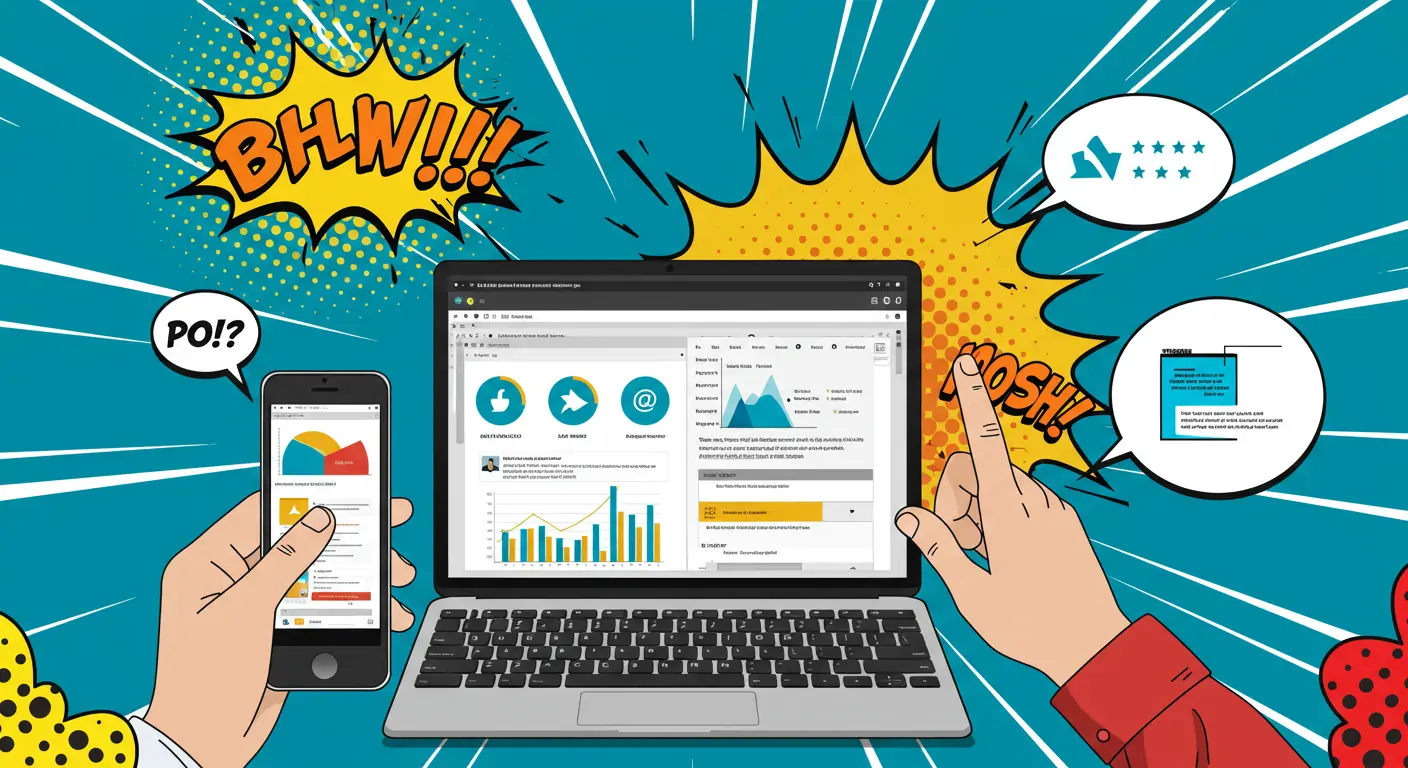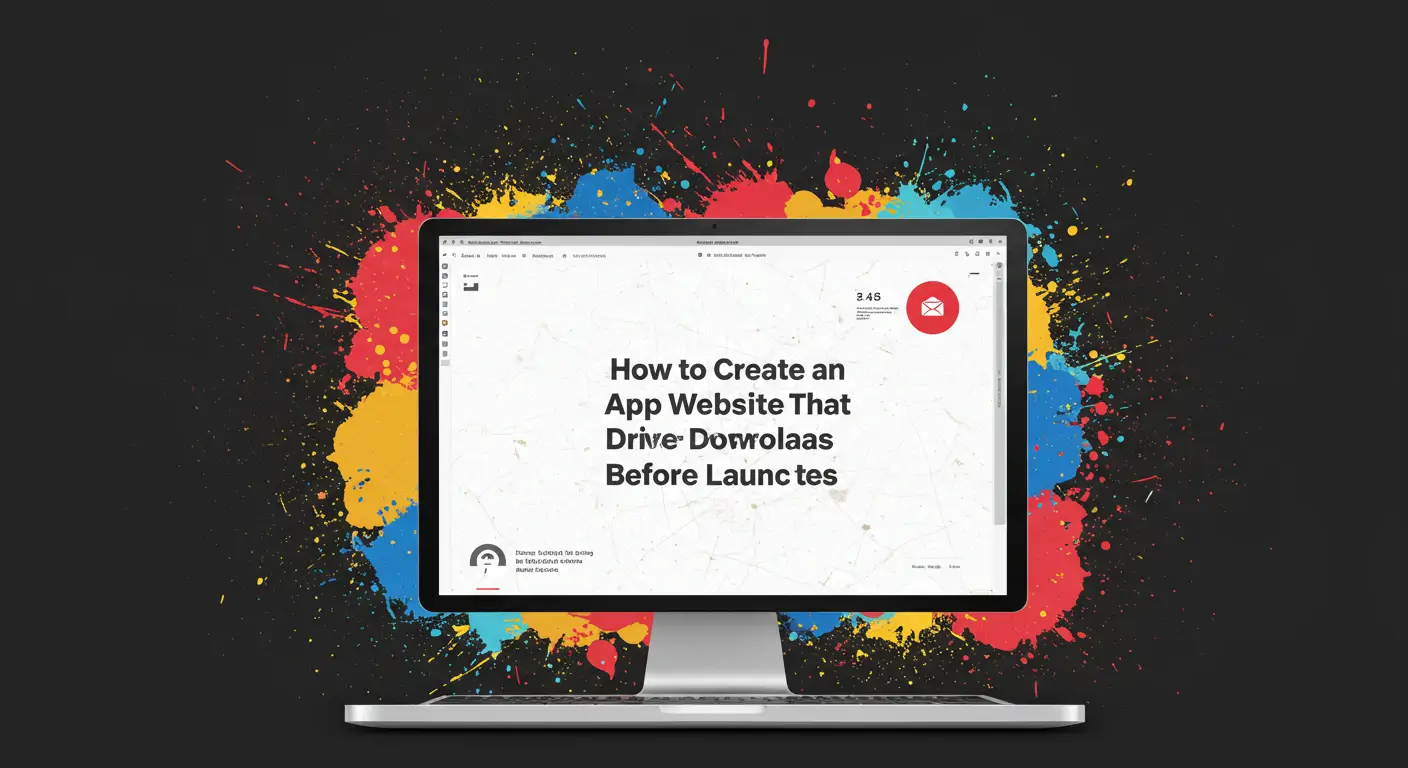Introduction: The Challenge
As a developer, you might excel at coding, but marketing your app effectively can be daunting. Did you know that nearly 80% of apps never reach their full potential due to poor marketing? This article will equip you with strategies to create a high-converting landing page that boosts user engagement. Your app's success heavily relies on this.
Why This Matters: The Data Behind It
Consider these statistics: Apps with optimized landing pages see up to a 300% increase in conversion rates. A study showed that 70% of app success stories involved strategic marketing. The cost of ignoring these insights? Missed revenue opportunities and stagnant user growth. The ROI of a well-executed landing page is undeniable.
The Problem: Why Most Developers Struggle
Challenge 1: Limited Time
Developers often juggle multiple responsibilities, leaving little time for marketing. Common mistakes include neglecting landing page design and content quality.
Challenge 2: Budget Constraints
With tight budgets, developers may hesitate to invest in marketing tools, leading to underwhelming app launches.
Challenge 3: Lack of Marketing Expertise
Without a background in marketing, developers may focus too much on features rather than user benefits.
Best Practices & Proven Strategies
Strategy 1: Focus on User Benefits
- Emphasize what users gain from your app.
- This approach resonates with users, increasing engagement.
- Expect higher conversion rates and user retention.
- Pro tip: Use customer testimonials to highlight benefits.
Strategy 2: Optimize for SEO
- Incorporate primary and long-tail keywords naturally.
- Drives organic traffic and visibility.
- Expect sustained growth in app downloads.
- Pro tip: Use mvpweb.app's built-in SEO features to save time.
Strategy 3: A/B Test Landing Pages
- Regularly test different designs and content.
- Identify what resonates best with your audience.
- Pro tip: Use metrics to guide optimizations.
How mvpweb.app Works
This is where mvpweb.app excels by solving these challenges:
- Feature 1: Automatically generate SEO-optimized pages, saving time and effort.
- Feature 2: Cost-effective with built-in hosting and deployment, ideal for tight budgets.
- Feature 3: Professional templates ensure better results compared to DIY efforts.
Real-World Success Examples
Example 1: Productivity App
- Initial situation: Low user engagement and conversion rates.
- Implemented A/B testing and SEO optimization using mvpweb.app.
- Results: 150% increase in conversion rates, 200% rise in user engagement.
- Key takeaway: Strategic use of mvpweb.app features can drive significant success.
Step-by-Step Implementation Guide
- Step 1: Define user benefits.
- Step 2: Use mvpweb.app to create a landing page.
- Step 3: Integrate SEO keywords.
- Step 4: Launch and monitor performance.
- Step 5: Optimize based on data insights.
mvpweb.app simplifies these steps, making it easy for developers to focus on what matters.
Measuring Success: Key Metrics
Track conversion rates, bounce rates, and user engagement. Use benchmarks like 20% conversion rates as targets. Leverage mvpweb.app analytics for insights.
Common Mistakes to Avoid
- Mistake 1: Overloading with information.
- Mistake 2: Ignoring mobile optimization.
- Mistake 3: Neglecting A/B testing.
- Mistake 4: Focusing solely on features.
- Mistake 5: Not tracking key metrics.
Frequently Asked Questions
- How much does mvpweb.app cost?
- What are the technical requirements?
- How long does it take to see ROI?
- How does mvpweb.app compare to other platforms?
- Is there customer support available?
Conclusion: Your Next Steps
In summary:
- A strong landing page is crucial for app success.
- Use mvpweb.app to streamline the process.
- Optimize continuously for best results.
- Next action: Start by defining your app's user benefits.
- Ready to transform your app's online presence? Try mvpweb.app free for 14 days!
Explore more resources on app marketing and landing page optimization.




